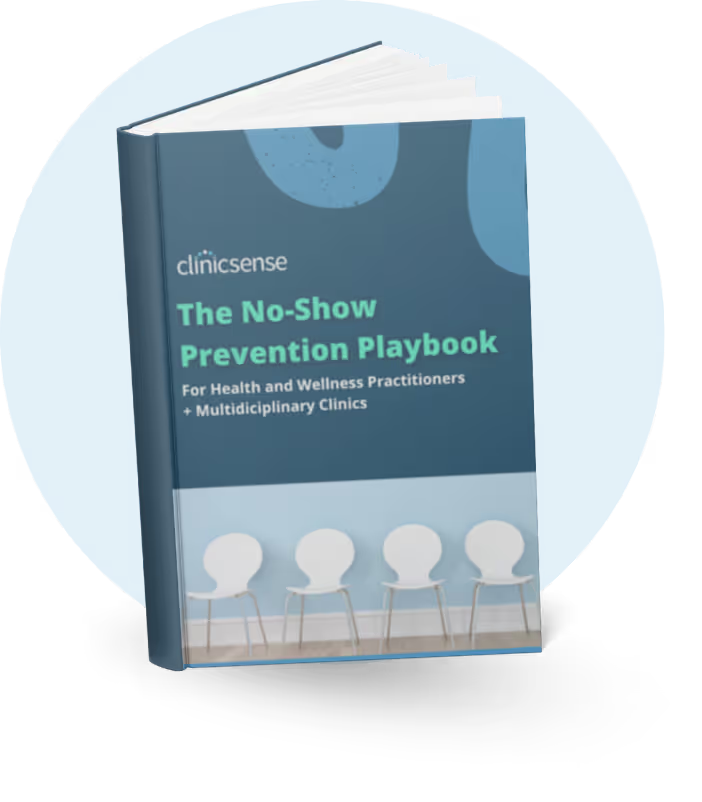Occupational Therapy Business Tips
November 2, 2024

The prospect of opening your own occupational therapy practice can be both daunting and thrilling for passionate therapists. Occupational therapists have access to a multitude of resources and networks, both on the Internet and face-to-face, to help shape their private practices for future success.
In this article, we will discuss tips about how occupational therapists can start their own therapy practices and how the best software can ease that journey.
Before diving head-first into a new clinical practice, occupational therapists should conduct intensive market research to get a feel for the current needs of potential clients. A market analysis includes careful study of competing occupational therapy practices, current healthcare needs in your proposed location, and potential weaknesses that could impact business profits.
You can start planning for your OT business by pinpointing what needs you are best able to fulfil, which should naturally lead to identifying your target client base. The profession allows clinicians to work with a variety of people with unique diagnoses, but a successful occupational therapy practice hones in on a specific service that no other OT business can provide.
Once an occupational therapist identifies their desired clientele and unique healthcare services, it’s time to develop a business plan. You can start with a simple outline and fill it in with spreadsheets, profit margins, insurance bids, cash-based fees, and overall business goals. An OT business plan will need to be modified as your client base expands.

Business goals include creating timelines for when you expect business profits to exceed costs.You may reexamine your business goals quarterly, semi-annually, and annually and make adjustments whenever necessary. With time, you’ll get good at capitalizing on your strengths and adapting to overcome weaknesses when they crop up.
When starting a private practice, determine if your services will be reimbursed by medical insurance, will be cash based, or some combination of the two. Communicate with insurance companies to place bids and to code appropriately for reimbursement. For cash-based services, be sure to account for business costs, such as employee salaries, rent, and other overheads, when determining service rates.
Occupational therapists must obtain and keep on file up-to-date copies of employee licenses and certifications and remind employees to these current. Determine if annual fees for association memberships, licensure boards, continuing education, and specialty certifications are covered by employee benefits. Location matters a lot here. U.S. occupational therapy license requirements can be quite different from Canada occupational therapy license requirements.
Occupational therapists should regularly review therapy ethics, current practice acts, and legal factors that could impact private practice. If your OT practice integrates Medicare or Medicaid reimbursement, routinely glance overannual changes to federal healthcare laws. Like any business, OT private practices are subject to audits and legal requirements.
When the time is right, shop around for a building to house your new OT private practice. Research local rates and scope out multiple options. In some cases, occupational therapists may choose to hire a contractor to build a clinic from the ground up to customize space for occupational therapy interventions.
If state law allows for telehealth services, occupational therapists can factor in feasibility and costs for remote operations. This includes annual fees for online video-call software, routine review of ethical online practice guidelines, and intervention rates for remote services versus in-person occupational therapy services.
.avif)
A successful OT business depends on the skill set of several professionals, including secretaries, housekeepers, therapy aides, managers, therapy assistants, IT technology specialists, and billing managers. Create structured processes for taking applications and interviewing prospects. You’ll get the best when you offer fair, comparable employee benefits and salaries.
Research, budget for, and fill your OT private practice with the best therapeutic exercise equipment and intervention tools. Occupational therapists can network with reputable medical equipment providers for unique tools including splinting materials, orthotics, exercise equipment, self-care items, toys, games, kitchen supplies, adaptive equipment, and mobility equipment.
Occupational therapists starting a private practice can create their own websites. However, successful OT businesses generally thrive on thorough company websites developed by hired professionals. Include accessible features for your target audience, company contact information, and layouts that show off your valuable services in a clear and professional manner.
Google My Business, or Google Business Profile (GBP) is a free tool that can help an up-and-coming OT private practice increase their online presence. Customize an online profile that helps your company name pop up in Google searches and provides accessible contact information for prospective clients and referral groups.
You can register your occupational therapy practice with dozens of online registries to further expand your presence. Complete an online submission application and include key information for drawing in clients: an About Us section, contact information, photos, and videos. Popular directories include Superpages, Bing, Apple Places, and Yellow Pages.
Social media platforms are popular, free, and accessible for any entrepreneurial venture. Potential clients and referral groups can easily spot your occupational therapy private practice on Facebook, Twitter, and Instagram, especially if you frequently post photos and videos to cycle through their online feeds.
Foster strong relationships with occupational therapists and business colleagues to compare notes and to establish long-term referral networks. Consider scheduling seminars, lunches, and regular meet-ups to attract a steady stream of new clients for your flourishing occupational therapy private practice.
Consider investing in good documentation software that lets you access all your needs in one central organizedlocation. This includes occupational therapy evaluations, intake forms, SOAP notes software, and items needed to log your clients’ therapeutic care. Using the best documentation software for occupational therapists can reduce unnecessary stress and optimize client care.
ClinicSense’s documentation software offers both templates for SOAP notes and tools for business management. Gain access to easy-to-use invoicing and payment software, as well as simple ways to organize your Google profiles and referral methods. Take a look at our blog for more success tips for your occupational therapy practice, such as how to write effective occupational therapy SOAP notes, and try a SOAP notes free trial today.


.avif)
.avif)
.avif)









For 14 days